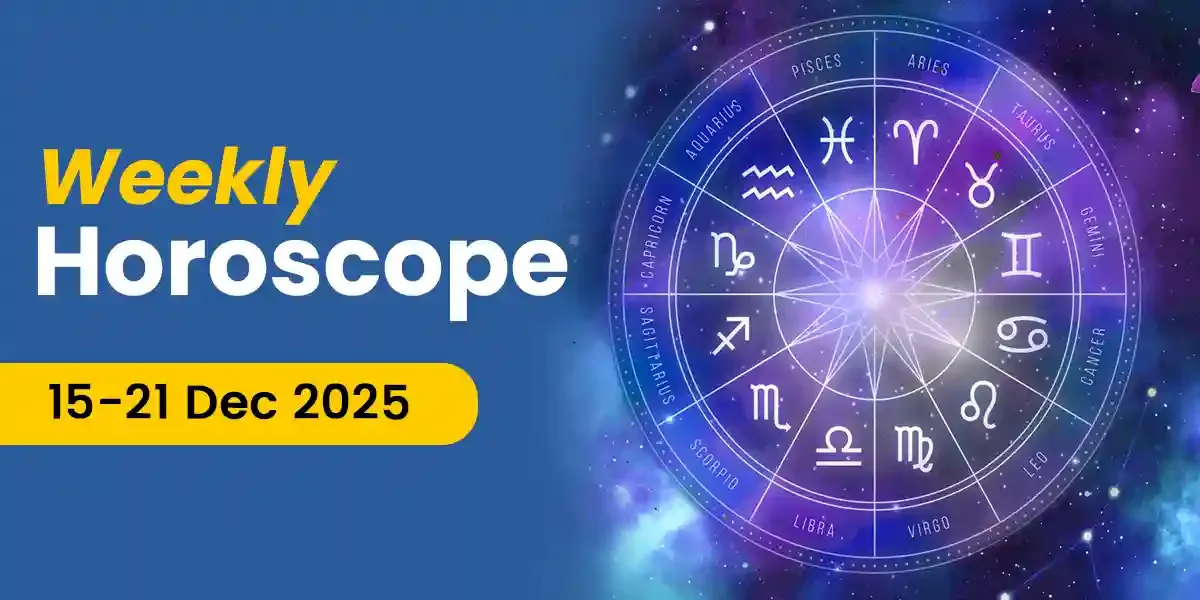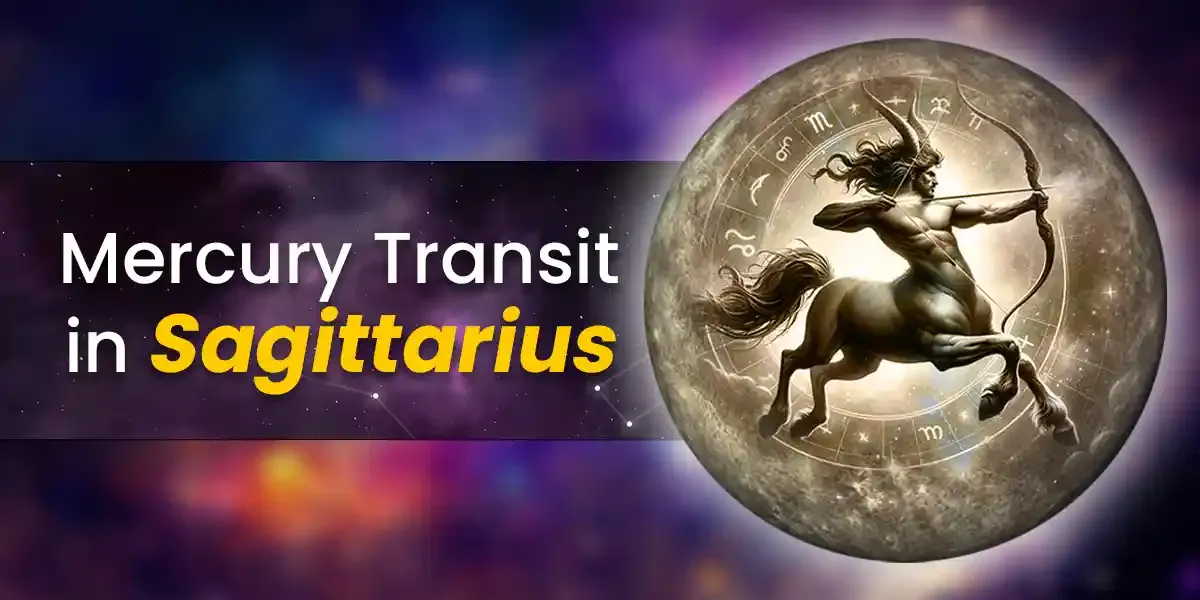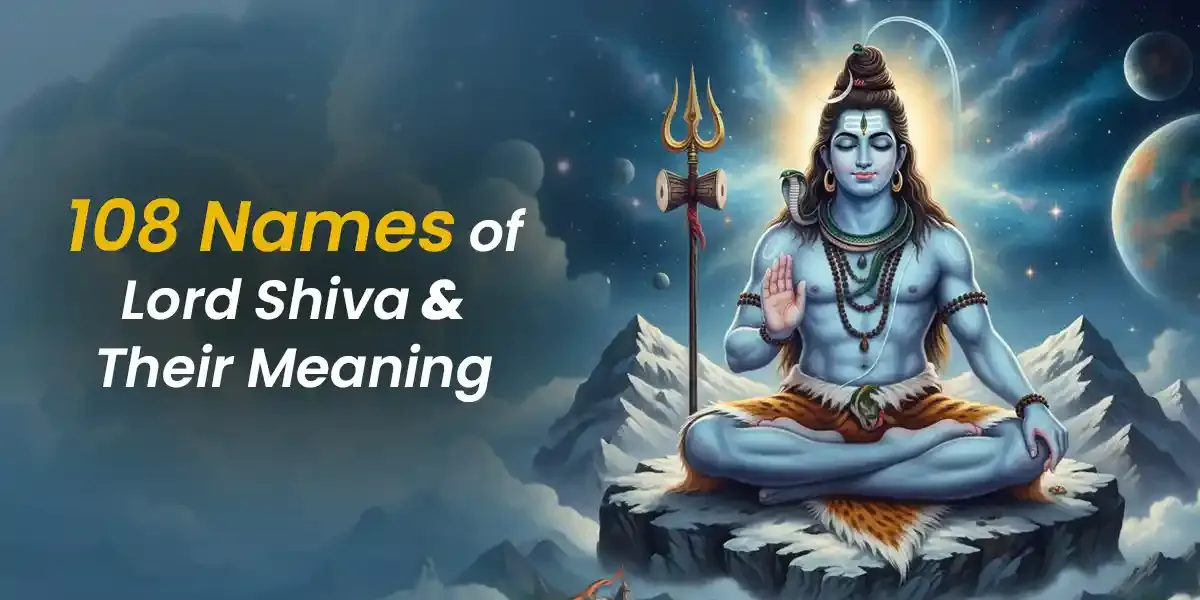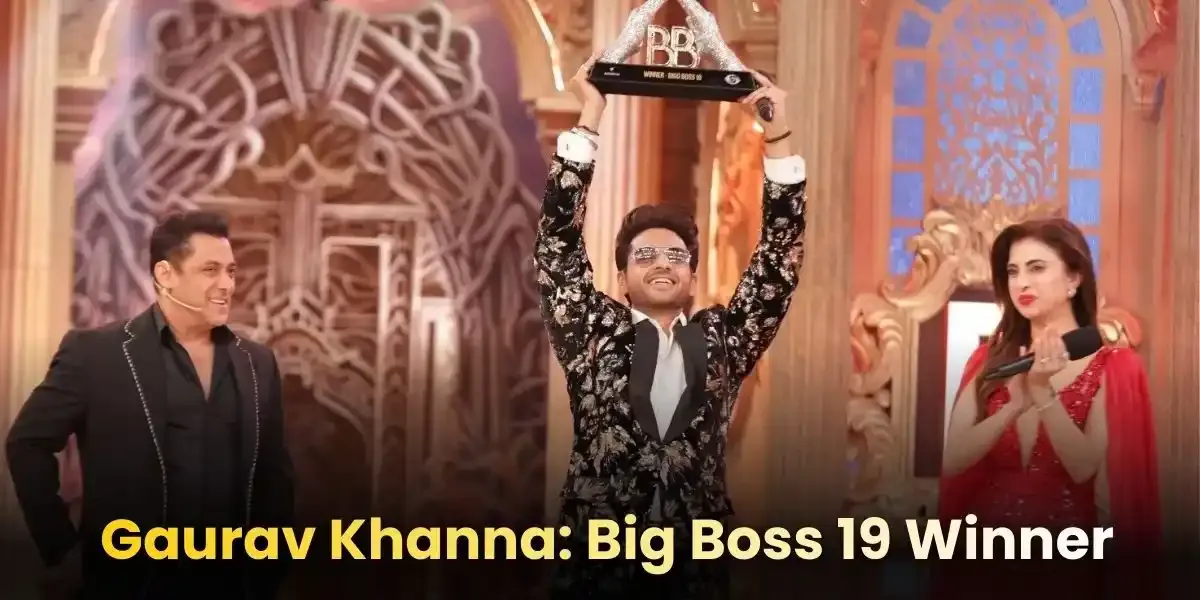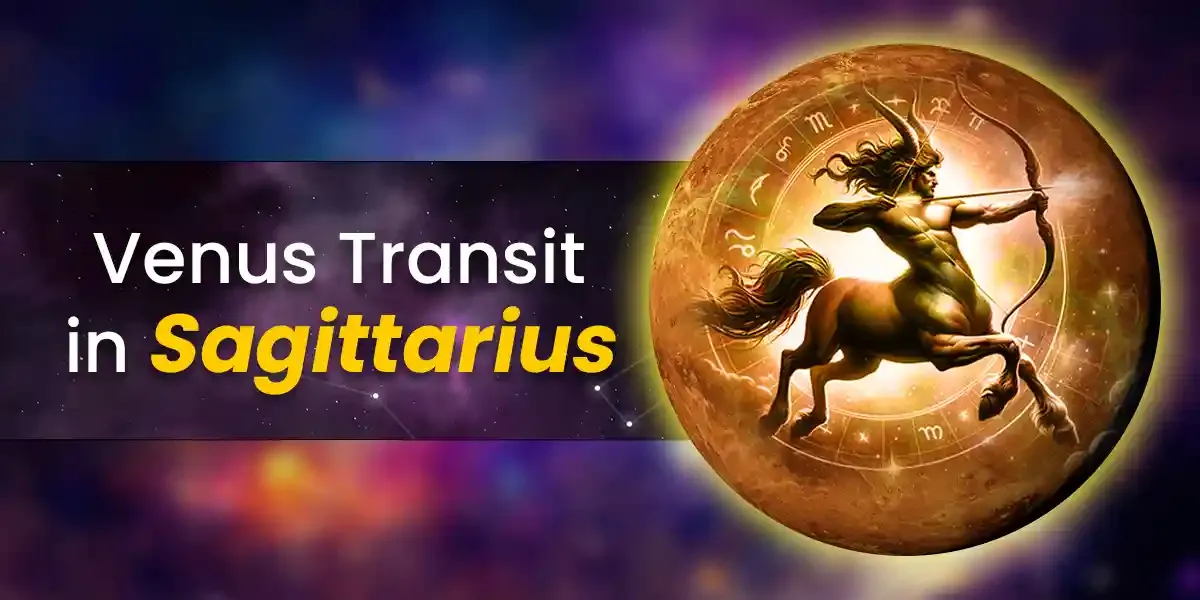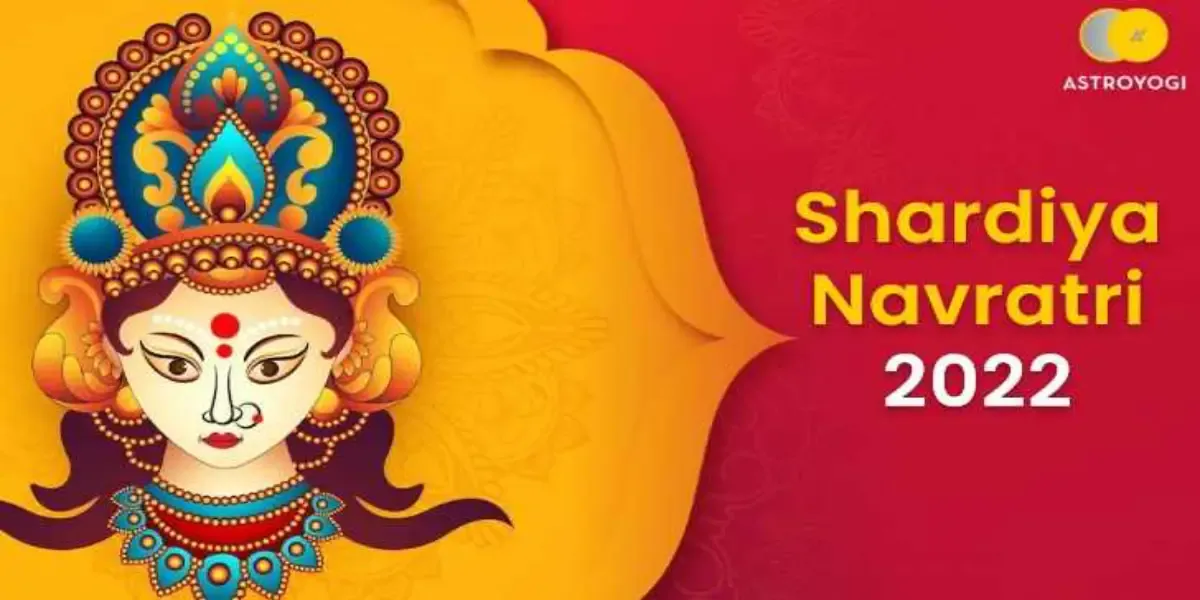
Navratri means ‘Nine Nights,’ and it is these nine nights of celebration and enjoyment entire India looks forward to every year. As per the Hindu calendar, Navratri signifies a change in seasons. So, four Navratri festivals are celebrated in India, of which the Shardiya Navratri is the most famous. Chaitra Navratri is a prominent festival celebrated in some parts of India, whereas the other Navratris, Magha, and Ashadha are less popular. They are also referred to as Gupt Navratris.
Need answers to your questions? Connect with Astroyogi astrologers now!
When is Shardiya Navratri 2022?
The Hindu festivals are based on the lunar calendar; hence, they do not occur on the same day every year (per the Gregorian calendar). Shardiya Navratri marks the transition from Varsha Ritu (monsoon) to Sharada Ritu (autumn). So, it signals the end of the SW monsoon in India. Besides, it also coincides with the harvesting season.
Shardiya Navratri 2022 starts on September 26, 2022, and extends for nine nights culminating in Dusshera or Vijaya Dashami. Shardiya Navratri commences on the first day (Prathama) of the Shukla Paksha in the month of Ashwin. The timing is such that Deepavali falls on the Amavasya following Vijaya Dashami.
The Story Behind Shardiya Navratri
Shardiya Navratri has many stories linked to it. One legend says that the period coincides with Bhagwan Shri Ram’s war with the Asura king Ravana. Shri Ram prayed to Mata Devi (Mother Goddess) to bless him with success in the war. Mata Devi blessed Shri Ram, enabling him to destroy Ravana on the tenth day, which coincides with Dusshera. Hence, you find people in the northern belt of India celebrating Dusshera by burning effigies of Ravana. It symbolizes that goodness prevails over evil.
Similarly, another story links this festival to Maa Durga vanquishing the buffalo demon king, Mahishasura (symbolizing evil). Therefore, this festival is dedicated to Maa Durga, with the Devi Mata being celebrated and worshipped in nine different forms during Shardiya Navratri.
Here is the full schedule for Shardiya Navratri 2022 and the nine forms of Maa Durga that people worship.
| Day | Date | Navratri Goddess Worship Days |
|---|---|---|
| Day 1 | September 26, 2022 | Maa Shailputri Puja, Ghatasthapana |
| Day 2 | September 27, 2022 | Maa Brahmacharini Puja, Chandra Darshan, Dwitiya |
| Day 3 | September 28, 2022 | Maa Chandraghanta Puja, Tritiya |
| Day 4 | September 29, 2022 | Maa Khushmananda Puja, Chaturthi |
| Day 5 | September 30, 2022 | Maa Skandamata Puja, Panchami |
| Day 6 | October 01, 2022 | Maa Katyayani Puja, Shashti |
| Day 7 | October 02, 2022 | Maa Kalaratri Puja, Saptami |
| Day 8 | October 03, 2022 | Maa Mahagauri Puja, Ashtami |
| Day 9 | October 04, 2022 | Maa Siddhidatri Puja, Navami |
| Day 10 | October 05, 2022 | Durga Puja Visarjan, Vijaya Dashami, Dusshera |
Where do we celebrate Shardiya Navratri?
Shardiya Navratri is celebrated all over India in different ways. The Northern belt emphasizes Dusshera more than the nine nights of Navratri, whereas the Eastern India region celebrates Durga Festival (Shardiya Navratri) with tremendous enthusiasm. People in the western part of India celebrate Navratri with traditional folk dance, Garba, where people wear different colors associated with specific Navratri days. The South Indians celebrate Shardiya Navratri in the form of Golu, where they exhibit dolls and images of Gods on nine steps, each dedicated to the specific Navratri Devi.
The colors one should wear during Shardiya Navratri
Indian festivals are colorful, and Navratri is no exception. Tradition says that devotees should wear the following specified colored garments during each Navratri night. You can witness the beautiful collage on garments in the western part of India during Garba
| Day 1 | Yellow |
|---|---|
| Day 2 | Green |
| Day 3 | Grey |
| Day 4 | Orange |
| Day 5 | White |
| Day 6 | Red |
| Day 7 | Royal Blue |
| Day 8 | Red |
| Day 9 | Pink |
The Nine Avatars of Maa Durga
Have you ever been to Kolkata during Durga Puja? The entire city is abuzz with festivities, with people cutting across cultures and religions coming together to celebrate Durga Puja (Navratri). Each Navratri day is dedicated to a specific form of the goddess.
Day 1: Maa Shailputri - The festival’s first day starts with worshipping the daughter of the mountains. It marks brightness and happiness in one’s life.
Day 2: Maa Brahmacharini - Maa Brahmacharini is the unwed avatar of Maa Parvati, born at Daksha Prajapati’s house.
Day 3: Maa Chandraghanta - Maa Chandraghanta is the goddess of war. She has her third eye open and is always prepared to fight against demons. Therefore, this day signifies that we should always be ready to fight evil.
Day 4: Maa Khushmananda - Maa Khushmananda is a smiling goddess with a radiant smile. It is believed that she created the universe.
Day 5: Maa Skandamata - Maa Skandamata is the god of protection. This avatar protects the world like a mother protects her children.
Day 6: Maa Katyayani - Maa Katyayani is the avatar that slayed Mahishasura. She is also known as Mahisasuramardini. People wear red on this night to symbolize fearfulness and beauty simultaneously.
Day 7: Maa Kalaratri - This avatar of Maa Durga is considered the fiercest. It symbolizes the destruction of evil and darkness.
Day 8: Maa Mahagauri - Maa Mahagauri blesses and fulfills all her devotees’ wishes on this night.
**Day 9: Maa Siddhidatri -**This Maa Durga avatar is the harbinger of fortune and luck in our life.
Foods you have during Navratri
People observe fasts during the nine days of Navratri. So, they must know the foods they can consume during this period.
- General food – You can have milk, sugar, honey, coconut milk, tea, dry fruits, nuts, popped lotus seeds (makhana), sabu-dana (sago), and fruits.
- Vegetables – People usually eat pumpkins, tomatoes, sweet potatoes, unripe papayas, potatoes, and taro root (arbi).
- Flours and Grains – You can consume roti from Singhare ka atta, Rajgira ka atta, Kuttu ka atta, Samaa ke chawal ka atta, Barnyard millet, and Paniphal flour.
- Spices, herbs – It is better to use lemons, green chilies, cumin, ginger, rock salt, raw mango powder, carom seeds (ajwain), dry pomegranate seeds, and black pepper powder for cooking.
Wrap it up
Shardiya Navratri is the most popular Navratri festival celebrated all over the country. The nine days of the festival represent nine different avatars of Maa Durga. Since the festival marks the end of the monsoon and the augment of autumn, it is known as Shardiya Navratri. This festival celebrates the victory of Maa Durga over Mahishasura and Bhagwan Shri Ram over Ravana. It culminates in Dusshera, signifying that good prevails over evil.
Need answers to your questions? Connect with Astroyogi astrologers now!
Our in-house team of writers comprises of vibrant, like-minded, and curious souls who are passionate about helping people find joy and motivation through the magic of words. Our writers are keen on using their skills to make the study of divination sciences a guiding tool in people's lives. They hold expertise in writing on a myriad of topics related to Indian Astrology, Spirituality, Planetary Movements, Vastu Shastra, Numerology, and Tarot among several others. The Astroyogi team aims to write articles that can help the readers lead a life of peace and tranquility whilst enjoying the many ups and downs of life!
























